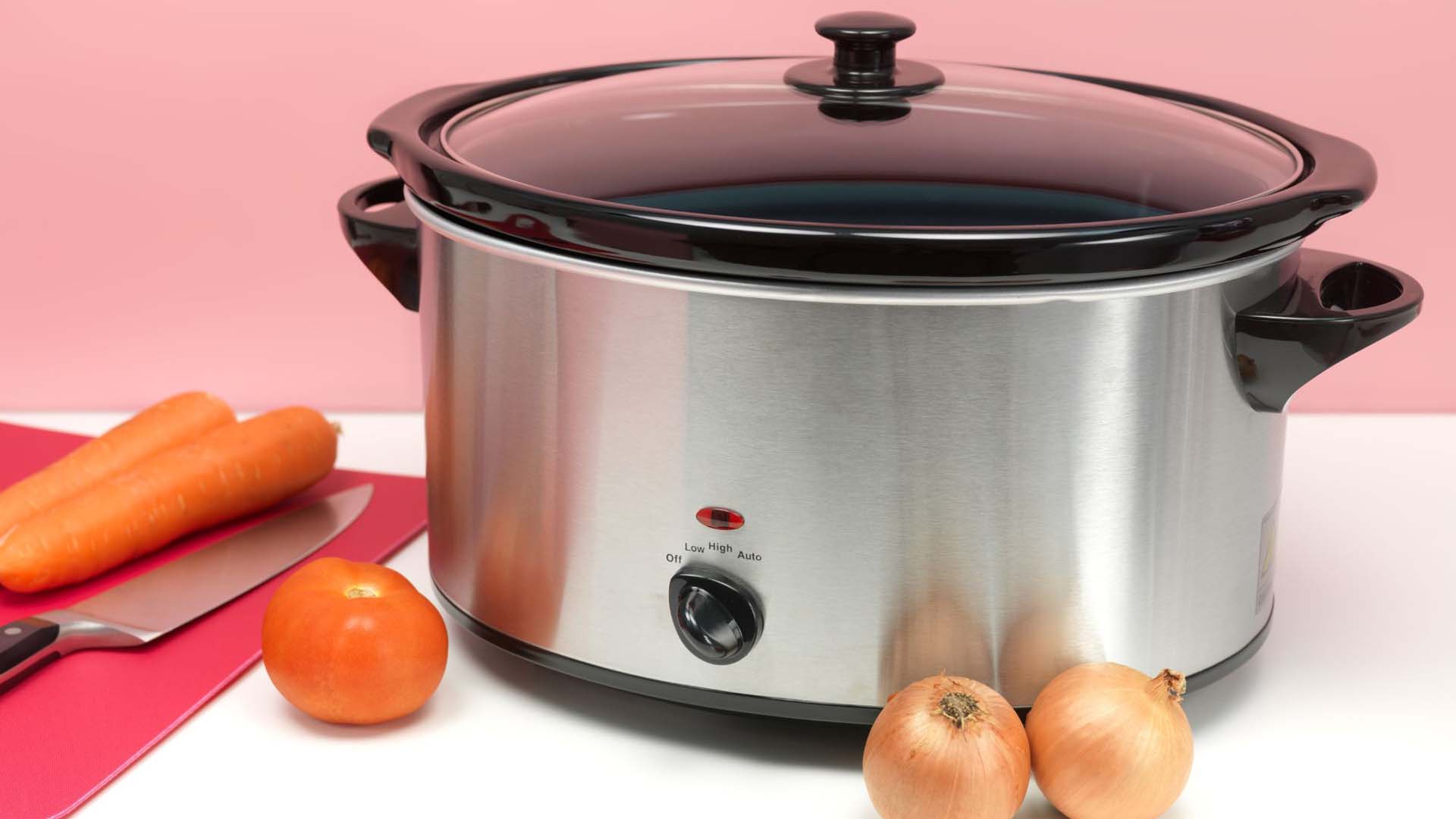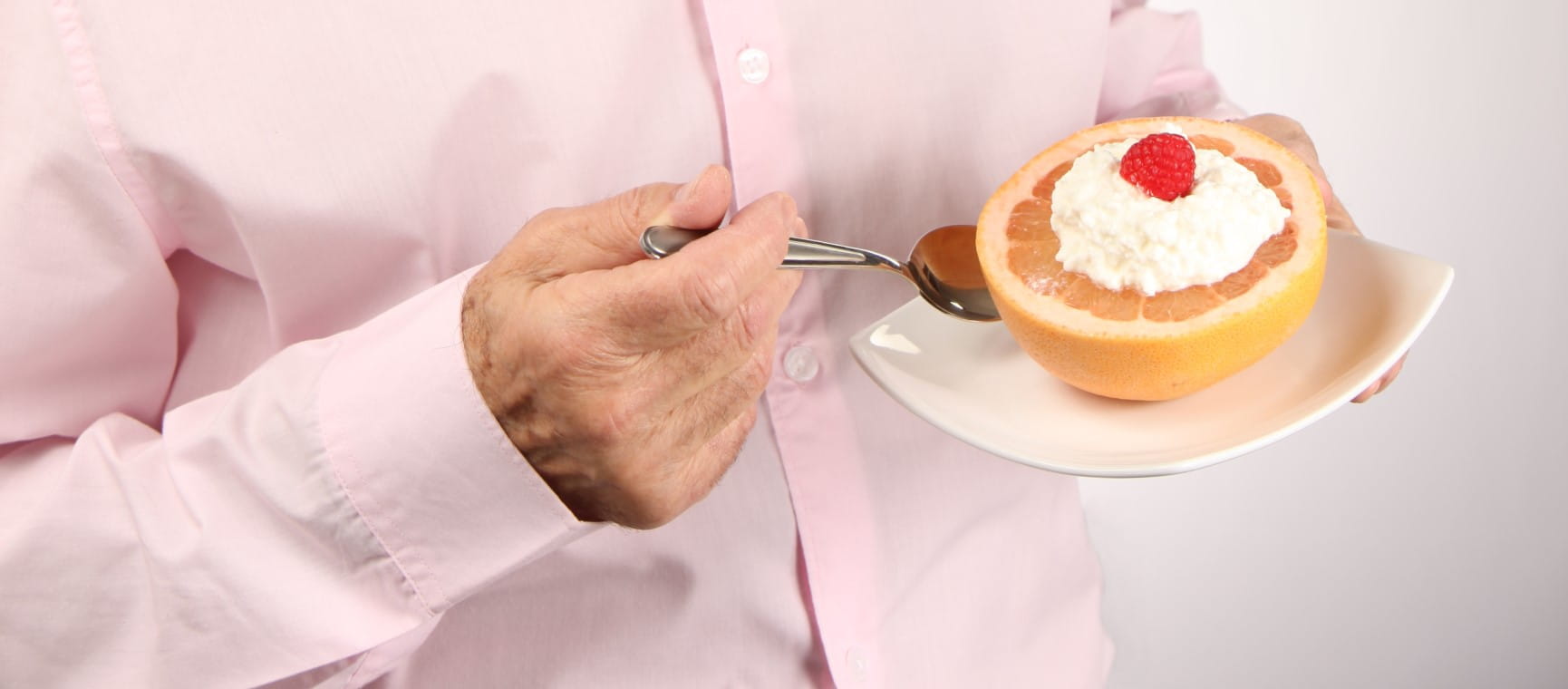
It’s bland, it’s lumpy and it brings back memories of ‘slimming’ in the 1970s and 80s.
Now cottage cheese is back in fashion.
If you remember enduring it on a grapefruit in the heady days before Boursin and Philadelphia came along and stole its thunder, you’re probably spluttering into your muesli as we speak.
But Gen Z has adopted cottage cheese as the hot new food de jour, using it in inventive ways. Social media platform TikTok, which offers no shortage of unsolicited health advice, has fuelled the renaissance. Viral recipe videos have given it a new lease of life, with amateur chefs mixing it with egg to make a flatbread and using it as a base for raw cookie dough.
Like overnight oats (known as cold porridge back in the day) and avocado on toast, cottage cheese has captured the hearts of people in their teens and 20s. Sarah Elder, dietitian at Rhitrition Clinic, puts its current popularity down to three things.
“Firstly, it’s classed as a high-protein option, secondly it’s cheap per serving and thirdly there’s a lot of focus on ultra-processed food at the moment and it doesn’t fall into that category,” she says.
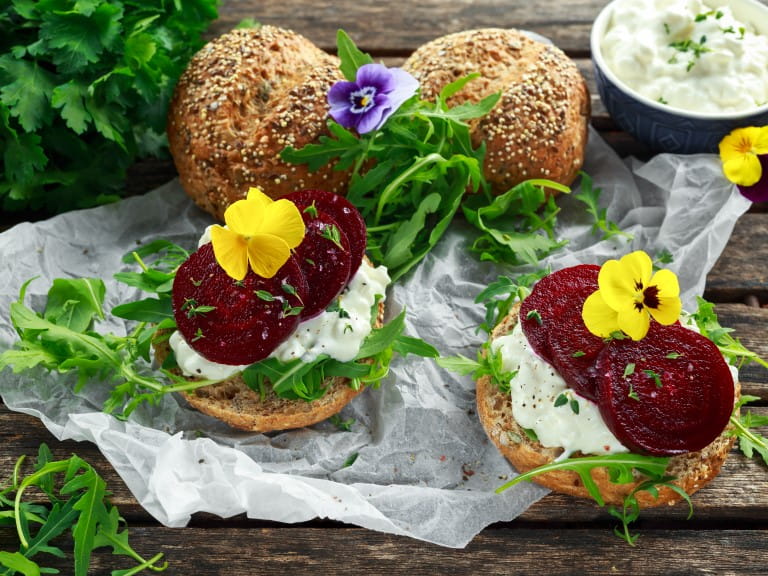
In May, Scottish producer Graham’s Family Dairy reported their cottage cheese sales had increased by 40% in the last year – the equivalent of two million kilograms.
“It’s bigger and better than ever,” says Managing Director Robert Graham. “We started producing it in 2016, but it wasn’t until years later that we started seeing real growth in sales, with summer 2023 marking the start of increased demand, which has continued to accelerate to this day. We’re at production capacity now.”
Longley Farm, which has been in the dairy business for more than 75 years, spotted a gap in the market for cottage cheese after World War Two. Joseph Dickinson, who was in the Royal Navy, saw American troops eating it and was inspired to produce it in the UK.
His first attempts at production involved a tin bath, but fans of the lumpy treat will be glad to know it has evolved since then. Slightly.
I can eat a pot just as it comes, or on crusty bread or crackers with ground black pepper and a drop of Tabasco
Son Jimmy, who now runs Longley Farm, described its rise and fall as a “very long rollercoaster”.
“I’ve never lost faith in cottage cheese and it was always a question of when – and not if – it made a comeback,” he says.
“The first cottage cheese, modelled on what was made in the USA, was very bland, with solid pieces of curd in a watery dressing,” he says. “My father pioneered the British style, with the big innovation of using soured cream for the dressing and not washing out all the whey.”
Dickinson’s favourite way to eat it? “I can eat a pot just as it comes, or on crusty bread or crackers with ground black pepper and a drop of Tabasco.”
Nichola Ludlam-Raine, a dietitian and author of How Not To Eat Ultra-Processed is a self-confessed cottage cheese fan. She loves it for lunch on a sweet potato with salad and confirms that yes, it is good for you.
“Cottage cheese is a fantastic source of protein, which becomes even more important as we age because it helps maintain muscle mass. It’s also rich in calcium and phosphorus, both of which are vital for bone health, especially in later life when bone density tends to decrease.
Have it as a cheesy bonus, rather than use it as a substitute
“Another great thing about cottage cheese is that it’s relatively low in fat and calories, but still provides essential nutrients like B vitamins, which help with energy metabolism and cell health. And for those looking to manage their weight, its high protein content can help keep you feeling full for longer.”
Cottage cheese has always dined out on its reputation for being low in fat and calories, so it’s often used as a substitute for ingredients people with one eye on the scales might be avoiding. Although it’s high in protein and calcium, Elder warns it’s missing some other nutrients.
“The concern comes when cottage cheese is being added in place of other nutritious ingredients,” says Elder. “This could be swapping out flour in bread or wraps for cottage cheese, which means you’re missing out on those much-needed carbohydrates and fibre.”
A better option is to have it as a cheesy bonus, rather than use it as a substitute.
“Think about adding it to a meal or having it as part of your protein option,” says Elder. “So this could be as a quiche ingredient or using it as a topping for toast or a jacket potato.”

Cottage cheese tends to contain 5-6g of fat per 100g, of which 3-4g is saturated fat – fat-free versions are also available. The standard version is much lower in fat than most cheeses, with the exception of quark (which is usually fat-free) and it’s only a little lower than ricotta. (Does anyone else remember using cottage cheese in lasagne years ago when ricotta was hard to find?)
Standard cottage cheese is also lower in fat than standard (i.e. not fat-free) Greek yogurt.
Those of us who remember cottage cheese being tasteless will be in for a shock when it comes to new recipes, with it being a key ingredient for brownies, pancakes and smoothies. Crucially, the cottage cheese is whisked in so that you’re unlikely to actually notice it. (Top tip: if you hate the lumpy texture, the advice is to whip it like cream.)
Ludlam-Raine says she’s aware of the hate it attracts.
“I completely understand why some people have reservations about it,” she says. “Many people will associate it with the 1970s ‘slimming’ craze, where it was often paired with grapefruit in very restrictive diets. It’s not for everyone - the texture can be off-putting.”
“I’ve seen people try to use it in really odd ways, like mixing it with overly sweet or artificial ingredients, which can overwhelm its subtle flavour,” says Ludlam-Raine. “Some people also throw it into dishes where its texture becomes too runny, like soups, where it can lose its appeal.”
Cottage cheese tends to contain 5-6g of fat per 100g
One way to enjoy it is Scandinavian-style, mixed with chopped dill and spring onions and served with sliced beetroot, and/or smoked salmon (cooked salmon fillets will also work). Don’t forget the rye bread.
You can also add it to a frittata (mix together beaten eggs, cooked vegetables of your choice, cottage cheese and some grated Cheddar or other more strongly flavoured cheese) and bake until set.
If you’re still not a fan, don’t despair: there are alternatives that provide similar nutritional benefits.
Ludlam-Raine advises: “Greek yogurt is an excellent swap - it’s high in protein, calcium, and probiotics, and has a creamy texture that works well in both sweet and savoury dishes. Quark, another dairy product, is quite similar in nutrition and texture, but a bit smoother.”

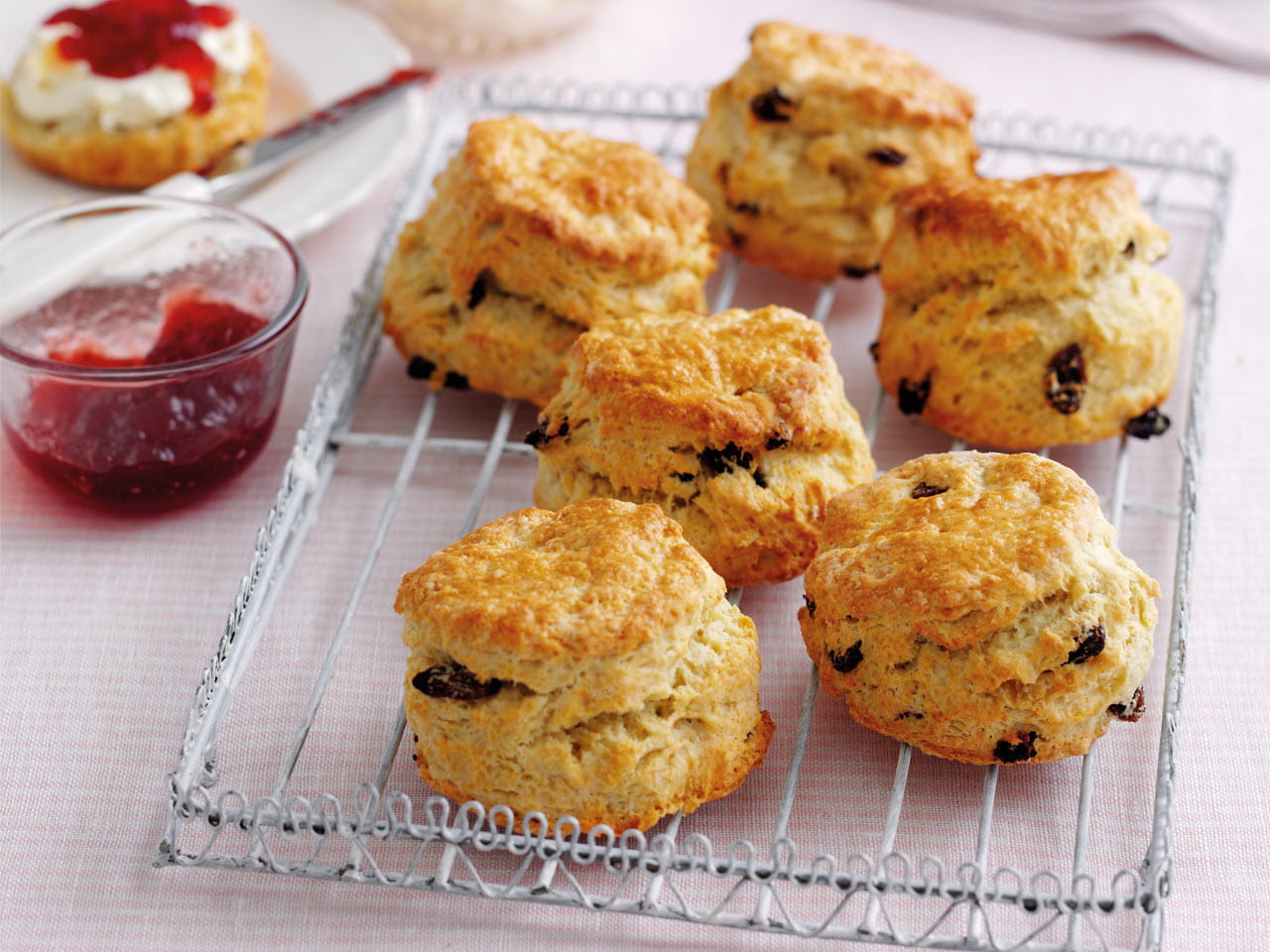
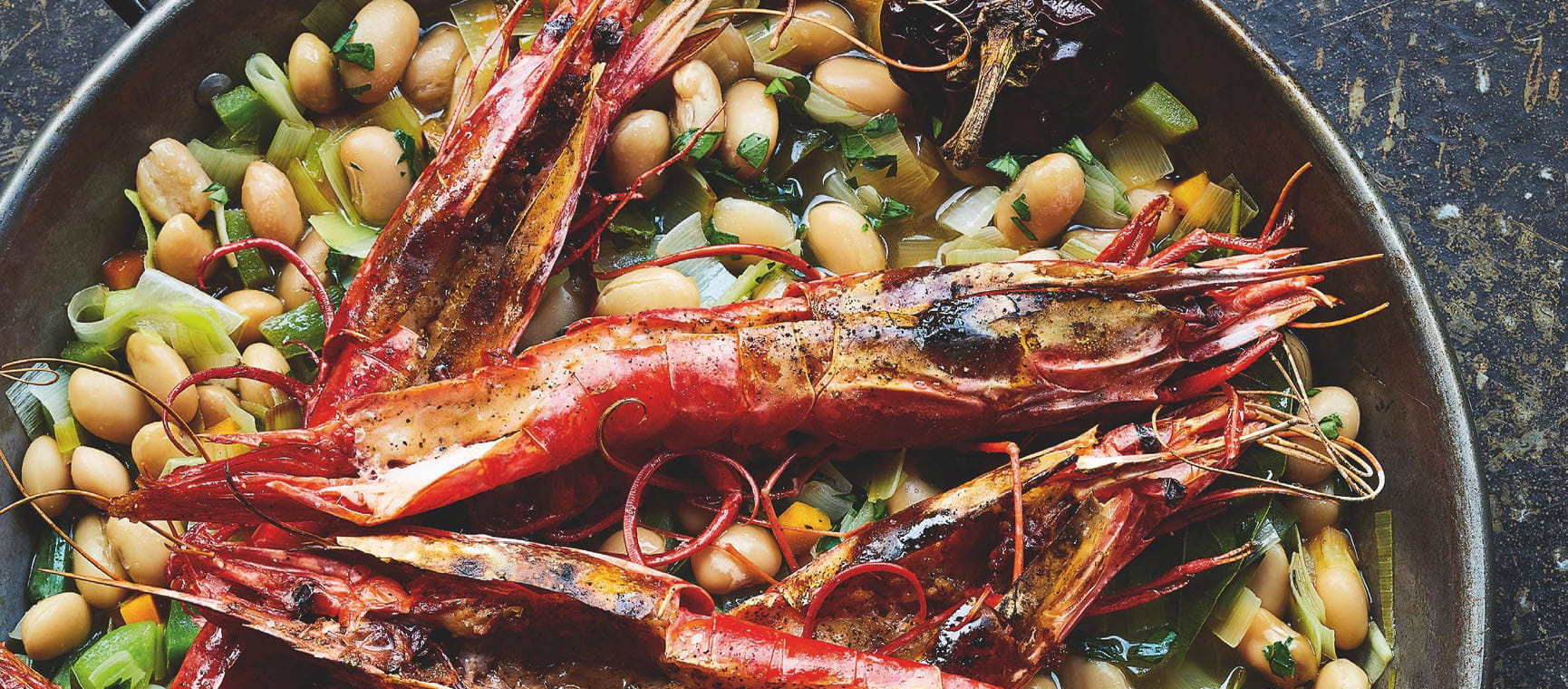
Celebrity chef James Martin shares his recipes for Valencian Beans and Prawns and Creme Caramel with Spiced Seville Oranges.
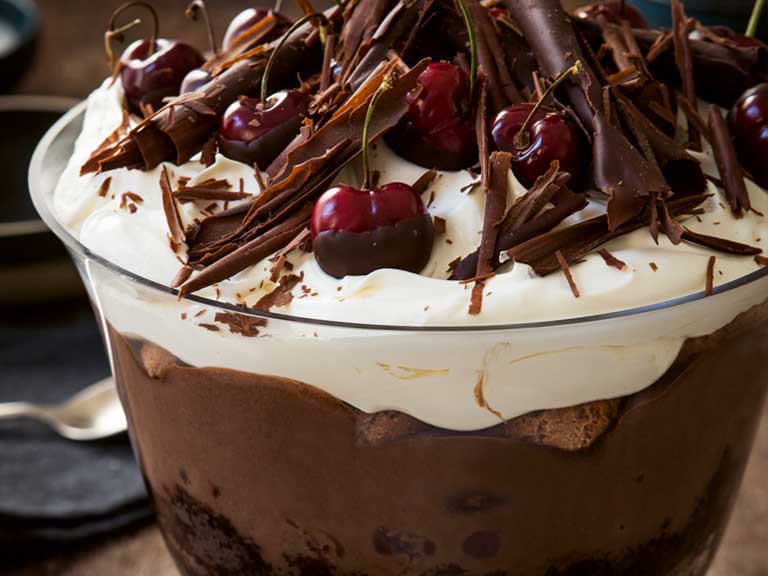

As summer approaches, our expert says it’s time to reappraise rosé and seek out more robust styles.

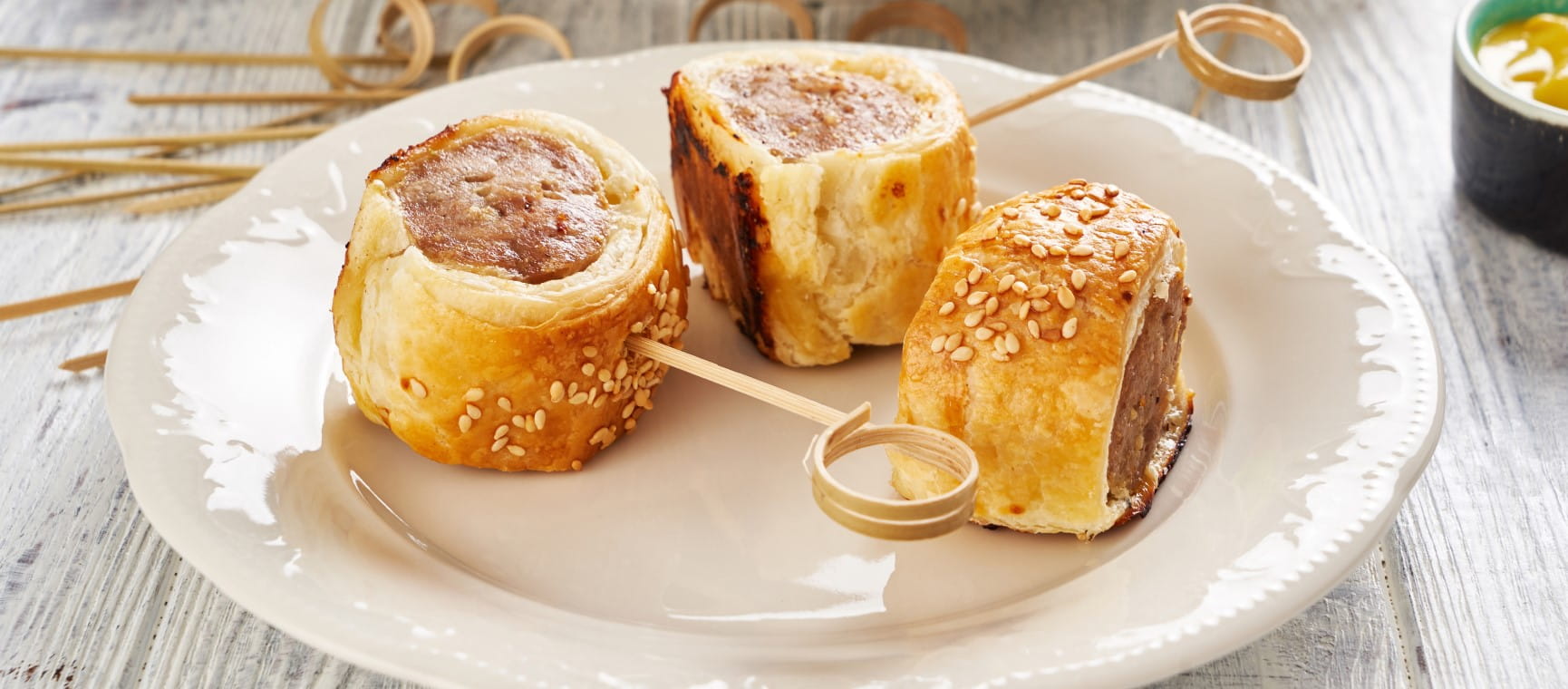
From parties to picnics, mini sausage rolls are the perfect snack. But which ones are our experts’ favourites?

Both sit nicely atop your kitchen counter, but is one better than the other?
